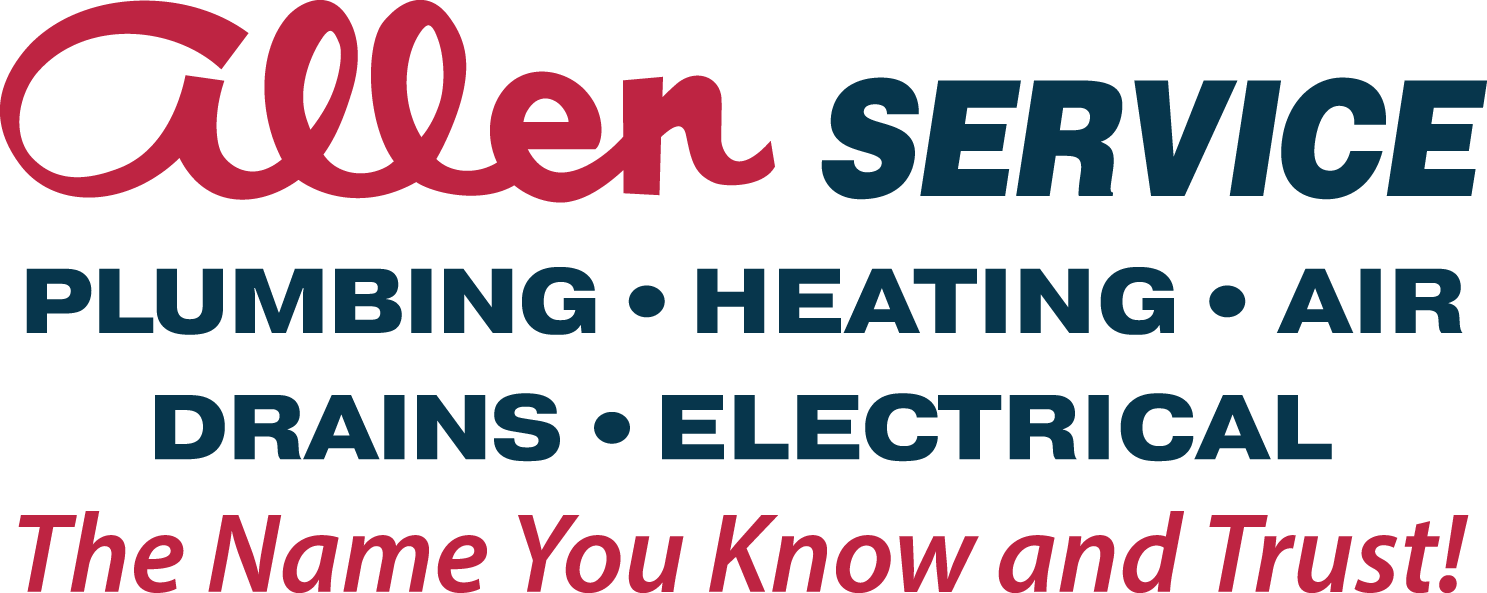
Your home air conditioning is a vital part of your household, and it is important to understand how it works so you can notice signs of distress and to properly maintain your investment. Read on to learn more about the basic operation of your home air conditioning system and to gain tips on optimizing its performance.
Home Air Conditioning 101
The most basic explanation for how your home air conditioning works is that the system uses an evaporator and a condenser to circulate refrigerant through your home. The refrigerant picks up heat from inside your home and then transfers it outside. This process cools the air inside your home and makes it more comfortable to live in.
Types of Air Conditioners
There are four main types of air conditioners: central, window, mini-split, and portable. Central air conditioners are the most common type in the US, followed by window units. Mini-splits are becoming more popular, especially in homes where installing a central or window unit is not an option. Portable air conditioners are less common but can be a good option for small spaces or short-term use.
Central Air Conditioners
Central air conditioners are usually installed as part of a home’s HVAC system. A central AC unit cools the entire house using ductwork and vents. Because they require ductwork, central AC units are not an option for homes that do not have existing ductwork. Central AC units are the most expensive type of air conditioner to purchase and install, but they are also the most energy efficient.
Window Air Conditioners
Window air conditioners are the second most common type of air conditioner in the US. They are less expensive than central AC units and can be installed without any ductwork. Window AC units cool a single room or space and are typically mounted in a window or through an exterior wall. Window air conditioners are less energy-efficient than central AC units, but they are still a good option for homes without existing ductwork.
Mini-Split Air Conditioners
Mini-split air conditioners are like central AC units, but they do not require ductwork. Mini-split AC units consist of an outdoor unit that is connected to one or more indoor units via a small conduit. Mini-split AC units are becoming more popular because they are energy-efficient and can be installed without any ductwork.
Portable Air Conditioners
Portable air conditioners are the least common type of air conditioner, but they can be a good option for small spaces or short-term use. Portable AC units sit on the floor and can be moved from room to room as needed. They do not require any installation and can be plugged into a standard outlet. Portable air conditioners are less energy-efficient than other types of air conditioners, but they are still a good option for small spaces or short-term use.
How Do Air Conditioners Differ?
Most air conditioners use Freon as the refrigerant, but some newer units are starting to use a more environmentally friendly refrigerant called R-410A. Freon is a chlorofluorocarbon (CFC) gas, which means that it contributes to the depletion of the ozone layer. R-410A is a hydrofluorocarbon (HFC) gas, which does not deplete the ozone layer.
The home air conditioning system is a complex piece of machinery but understanding the basics can help you keep yours running smoothly for many years. Regular maintenance and troubleshooting will help you keep your air conditioner in top shape and prevent expensive repairs down the road.
How Does Central Air Conditioning Work?
Central air conditioners are composed of four main parts: an evaporator, a condenser, a compressor, and a fan. The evaporator and condenser are usually located on the outside of the building, while the compressor and fan are located inside.
How Does Central Air Work?
The evaporator coils remove heat from the air inside your home. The condenser coils then release that heat to the outside air. The compressor pumps refrigerant through the coils to absorb and release heat. And finally, the fan circulates air through the system.
Here’s a more detailed look at how each part works:
- The evaporator coils remove heat from the air inside your home by drawing in warm air and passing it over the coils. The coils are filled with a refrigerant that absorbs heat as it evaporates. As the warm air passes over the coils, the refrigerant evaporates, cooling the air.
- The condenser coils release heat to the outside air by drawing in hot air and passing it over the coils. The coils are filled with a refrigerant that releases heat as it condenses. As the hot air passes over the coils, the refrigerant condenses, releasing heat.
- The compressor pumps refrigerant through the system. It circulates cool refrigerant through the evaporator coils and hot refrigerant through the condenser coils.
- The fan circulates air through the system. It draws in outside air and passes it over the condenser coils. Then, it draws in inside air and passes it over the evaporator coils.
Central air conditioners are a closed system, so the refrigerant is constantly circulated between the evaporator and condenser coils. This allows the system to remove heat from the air inside your home and release it to the outside air.
Air Conditioners and Energy Usage
Air conditioners use a lot of energy, so it’s important to choose an energy-efficient model if you’re looking to save money on your utility bills. You can also save money by using a programmable thermostat to control the temperature in your home or office.
Choose Allen Service for All Your AC Needs
Your home air conditioning system is a complex piece of machinery but understanding the basics can help you keep yours running smoothly for many years. Regular maintenance and troubleshooting with the pros at Allen Service in Fort Collins, CO will help you keep your air conditioner in top shape and prevent expensive repairs down the road. Contact us today to make an appointment!
